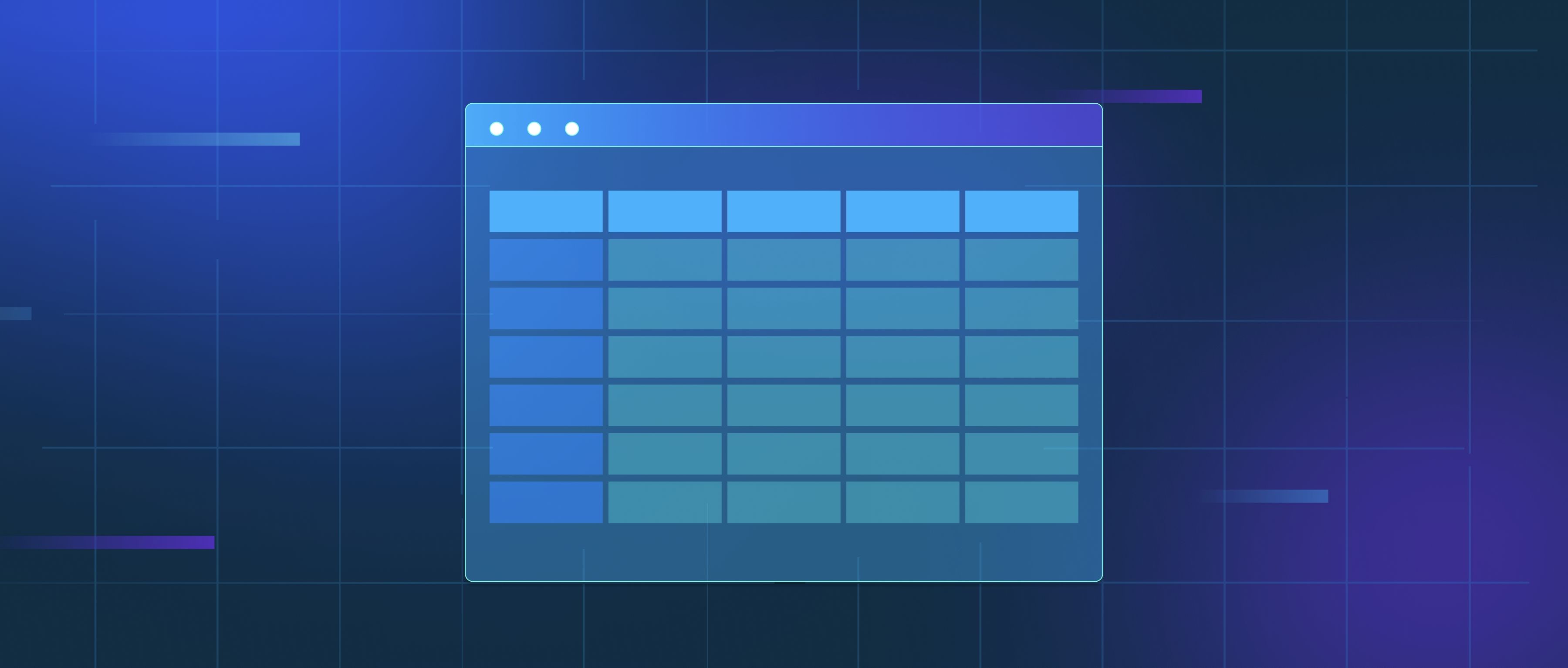A UAV, or Unmanned Aerial Vehicle, is an aircraft that operates without a human pilot onboard. These devices are commonly known as drones and can be controlled remotely or fly autonomously using pre-programmed routes or navigation systems. UAVs come in various shapes and sizes, from small quadcopters used for hobbyist photography to larger systems utilized for military surveillance or agricultural monitoring. Developers often utilize UAV technology for applications like aerial mapping, inspection of infrastructure, and package delivery.
The way UAVs work involves several key components. Firstly, they have a flight control system that manages the onboard systems and responds to user commands. This system includes sensors like accelerometers, gyroscopes, and GPS units, which help maintain stability and navigate the UAV. For example, when you fly a DJI Phantom 4 drone, it uses its built-in sensors to understand its orientation and position, making real-time adjustments to keep the drone stable while in the air. The control commands can be sent from a remote controller or a computer, which communicates with the UAV through a wireless connection.
Lastly, many UAVs are equipped with cameras, LiDAR, or other instruments to gather data during flight. This data can be used for various purposes, such as creating 3D maps or monitoring crop health. For instance, aerial imagery collected by a UAV can help farmers analyze their fields from above, identifying areas that may need more water or fertilizer. This combination of hardware and software enables UAVs to perform complex tasks efficiently and effectively, making them valuable tools across many industries.
